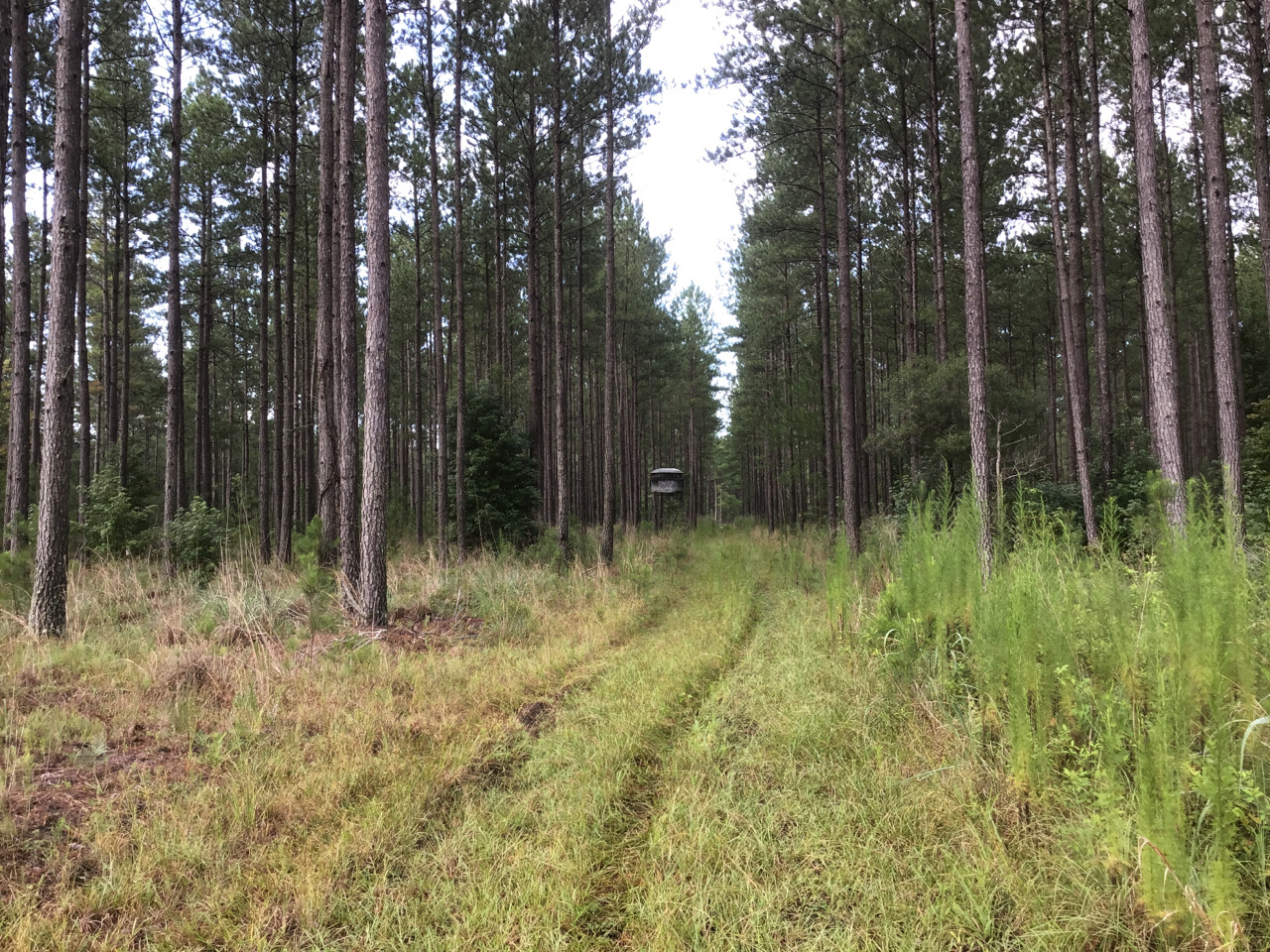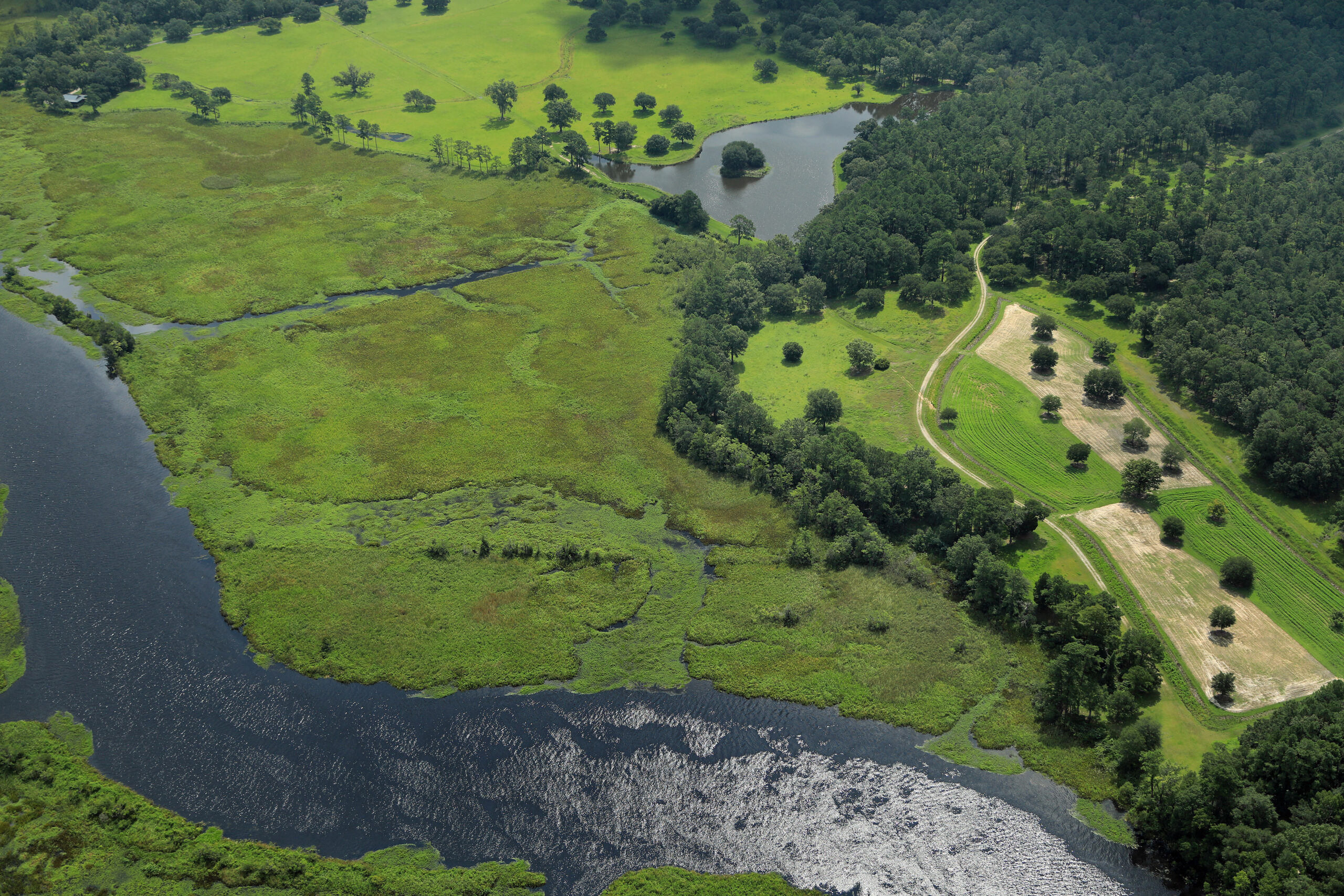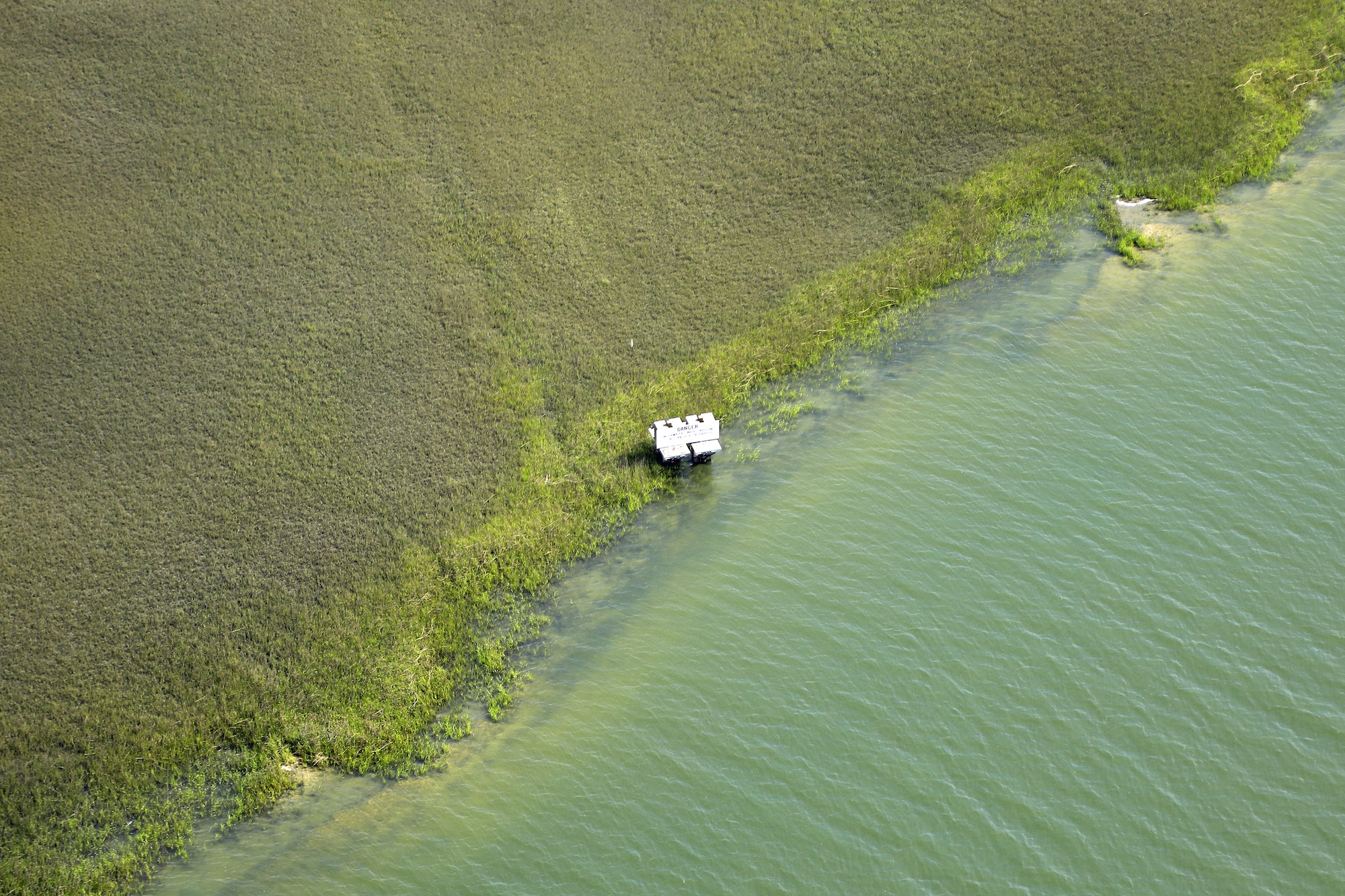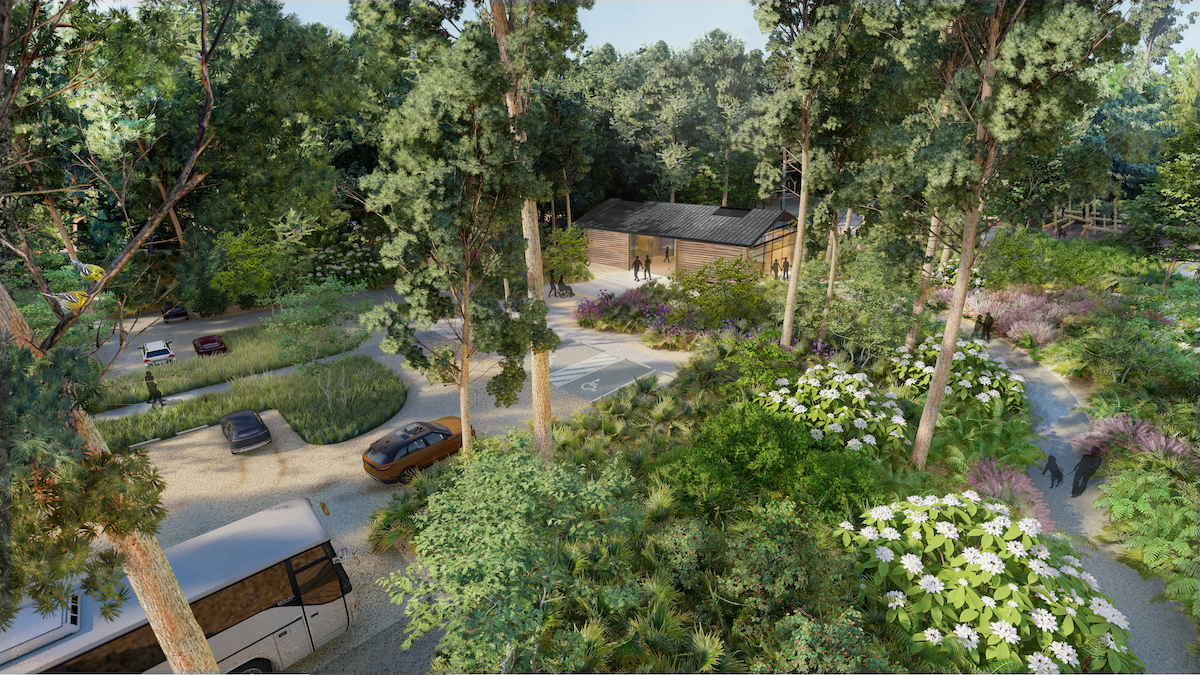Banking on conservation
The South Carolina Conservation Bank is a source of critical funding for land conservation in our state.
And it is funding that is very much at risk. As citizens, we each play an essential role in advancing conservation policies in our state.
South Carolinians are poised to lose one of our state’s most effective conservation programs if the General Assembly does not act in the upcoming 2017 general session.
Since its inception in 2004, the South Carolina Conservation Bank (Bank) has served as the primary conservation funding mechanism in our state, enjoying tremendous success in nearly every county. The Bank facilitates conservation of our state’s natural resources and way of life by providing a nancial offset to private landowners willing to voluntarily conserve their property. Fueled by an entrepreneurial mindset and a spirit of cooperation among individuals, nonpro ts and government agencies, the Bank is a defensible and economical model that makes good sense for us all – our landowners, our citizens and our natural environment.
Over its history, the Bank has protected over 287,000 acres of farmland, woodlands and wetlands through acquisition or the bargain-sale purchase of conservation easements. Of this, over 87,000 acres of land allow full public access. For many private landowners, the Bank also makes a conservation outcome possible, when they may not be well positioned to consider a donated easement for their property.
The Bank’s modest investments in the places that make South Carolina unique supports economic growth related to outdoor recreation, farming, timber and tourism. Conserved land bolsters wildlife- related outdoor recreation and tourism in our state as well as agribusiness, South Carolina’s largest economic sectors. A conserved landscape provides cost- savings for infrastructure, places to recreate (think Morris Island right in our Lowcountry backyard) and valuable ecosystem services like clean drinking water and healthy stream and forest habitats for our fish and game species.
In a natural resource-based economy, the Bank allows for us to protect these natural assets at a bargain rate for taxpayers. Furthermore, the Bank’s structure allows other sources of local and federal funding to be leveraged, bringing additional conservation capital to our state, and making Bank-funded projects an even better deal. Since 2004, the bank has paid a price of just $512 an acre on average to conserve property. Instead of burdening the taxpayer, the Bank works for us, allowing conservation objectives to be achieved for a fraction of the cost.
Lowcountry Land Trust has partnered with the Bank on 64 projects to date, totaling over 26,000 acres and stretching from the Savannah River to the ACE Basin to the Santee. The combined easement value of these projects would have typically exceeded $40 million. However, the Land Trust was able to leverage $7.8 million dollars received in funding from the Conservation Bank at an average of 77%, making conservation viable and appealing for landowners and taxpayers alike.
In 2015, the Land Trust received funding for six projects spanning from Jasper to Clarendon County. For these projects, LLT utilized approximately $2.5 million in Conservation Bank dollars conserve over 10,000 acres, at a fraction appraised value – an environmentally bene cial and cost-effective outcome. The Bank not only supports the Land Trust’s mission and the goals of private landowners, but also everyone who believes in conserving this truly special place for both present enjoyment and the welfare of future generations.
As a powerful, productive and prudent tool for conservation in our state, the Conservation Bank has improved the lives of all South Carolinians. However, for all of its success, the Bank will disappear if the “sunset” clause of the South Carolina Conservation Bank Act is allowed to take effect. Senator George E. “Chip” Campsen III of District 43, who authored the original Bank legislation, has submitted a bill that will strengthen the Bank by eliminating the “sunset” clause, eliminating the “death clause” (a restriction on funding in certain budget years) and also provides additional funding from existing revenue sources. The bill would come at no additional cost to the taxpayer. Sensibly, this bill deserves full legislative support so that conservation in South Carolina is predictably and suf ciently funded.
To learn more about the South Carolina Conservation Bank, visit the website at www. sccbank.sc.gov.
The Land Trust has teamed up with Palmetto Land+Water Legacy Alliance with the sole focus of reauthorizing the Bank. Follow Palmetto Land+Water Legacy Alliance’s Facebook page @PalmettoLandWater





